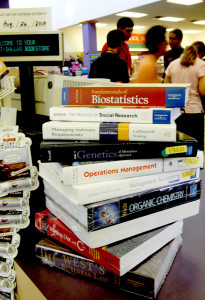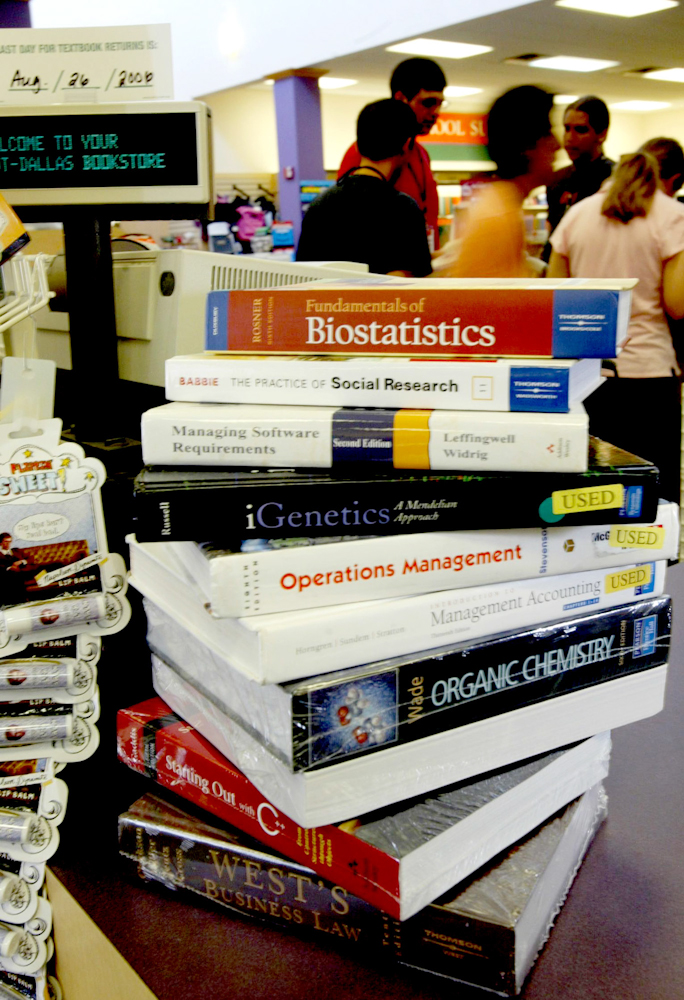
In what will be a welcome shift for students paying more than $300 dollars for a single textbook, Secretary of Education Arne Duncan declared in September that physical textbooks should be “obsolete” over the next few years, arguing that the United States should transition quickly to digitized educational material. Even closer to campus, California Governor Jerry Brown hopes to make California the spearhead for the national transition to electronic textbooks.
According to a recent study conducted by CourseSmart, an electronic textbook provider, 98 percent of college students who own a device have used it for school and 53 percent of these students read electronic textbooks frequently. Companies like CourseSmart emphasize the reduced cost—sometimes by up to 60 percent—and ease of access as a draw for students. Yet thus far, including at Stanford, traditional textbooks have kept their advantage.
According to the National Association of College Stores, students estimate they spend around $655 annually on required course materials, a figure that has seen only marginal decreases in recent years. Only 10 percent of this fall quarter’s textbooks were provided electronically in the Stanford Bookstore, including, for example, the Economics 1A textbook, “Principles of Economics,” that has a new book sticker price of over $300.
The Stanford Bookstore offers a number of alternatives to the standard costs, consistent with the belief expressed by Store Director Janet Gawley that “no single platform, device or format can fully satisfy the needs of students.”
While the Bookstore has started the slow transition to electronic options, another Stanford group, the Stanford Intellectual Property Exchange (SIPX), is working on coordinating course-pack content with library-licensed material.
SIPX, a cloud-based network that began in April 2011, identifies what copyright access a user possesses and can pool resources and content to produce course-packs. SIPX has saved students from 25 to 78 percent off their course materials, according to their website.
“The Libraries are deeply involved with the provision of digital access to licensed academic information to the campus,” said Library Communications Director Andrew Herkovic. “That happily translates into making it possible for students to use digital resources at no charge.”
Technological innovation in textbook publishing goes beyond converting texts to a cheaper digital format. Cindy Clarke, CourseSmart vice president of marketing, predicts “better data and analytics will play a role in tracking student success, further aiding student retention and improving engagement and learning outcomes.”
“With better analytics, instructors will be able to have actionable insights on where to focus students with their course materials to help improve performance,” she said.
However, there seems to be a disconnect between the tools and alternatives offered and students’ use of these resources. In the near future, it is unlikely that digital textbooks with replace physical textbooks, meaning a completely online experience may be out of reach. According to Clarke, “[CourseSmart] does not believe that traditional textbooks will ever completely disappear from the higher education landscape.”
